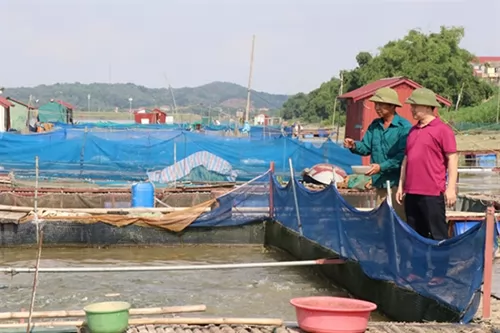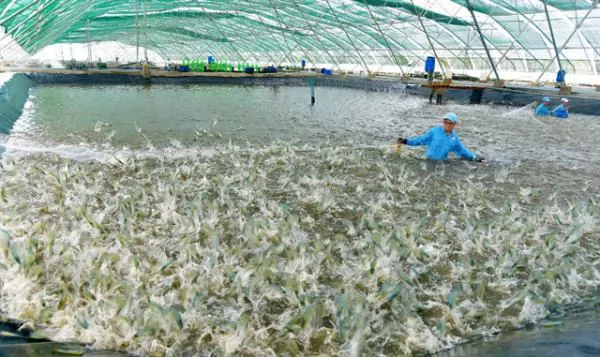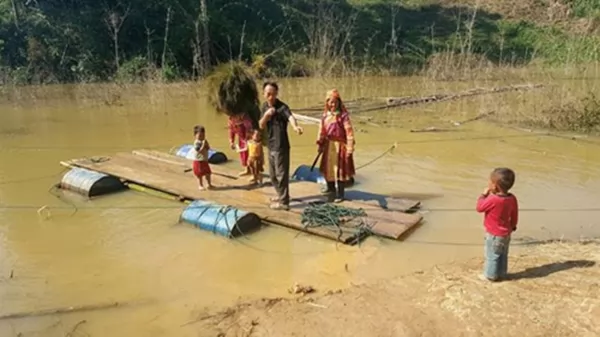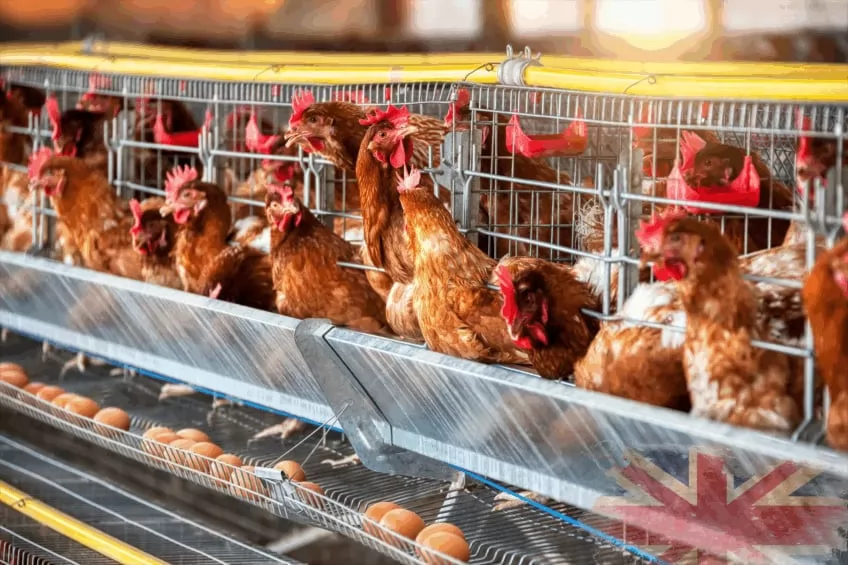Oxygen depletion causes fish deaths in Bắc Ninh

Farmers feed fish in Yên Phong District's Dũng Liệt Commune. — Photo tuoitrethudo.vn
BẮC NINH — Oxygen depletion is allegedly responsible for killing tonnes of fish in Bắc Ninh Province’s Cầu River last week.
The dead fish were found from last Tuesday in breeding cages of many households in Cầu River, the section passing through Dũng Liệt and Yên Trung communes, Yên Phong District.
Nguyễn Văn Hợi, head of Yên Phong District’s Division of Agriculture and Rural Development, said a lack of oxygen was initially determined to be the cause of the mass death.
He said the concentration of dissolved oxygen in the water was between 0.85mg/l to 2.35mg/l while the required ratio was 4 mg/l.
According to Hợi, cold air and rain in recent days has affected the environment in fish cages and was not good for the growth of fish.
Agriculture officers recommended the farmers take measures as rain is forecast over the coming days.
An Đình Du, director of Lương Cầm Aquaculture Co-operative in Dũng Liệt, said it was estimated that some 20 tonnes of dead fish had been collected.
Phạm Thị Lý, a farmer from Lương Cầm Village, said she lost four tonnes of fish, costing hundreds of millions of đồng.
She used aeration devices to enhance the water quality in cages but could not keep them alive, Lý said.
Another farmer, Nguyễn Văn Dũng, said about 1.5 tonnes of fish raised in cages died, causing a loss of up to VNĐ100 million (US$4,220).
Director Du said this was the first fish death to happen in his co-operative. He asked the local agency to support farmers suffering from the damage. — VNS
Maybe you are interested

Poor farming practices erode Việt Nam's competitiveness
HÀ NỘI — Although Vietnamese shrimps are gaining ground in the international market, it's just a matter of time before the country loses its competitive advantages due to poor farming practices, industry insiders say.

“Breeding cows'' for poor families in remote area
PANO - Ea Rot village in Cu Pui commune of Krong Bong district, Dak Lak province has 192 households with a population of 1,028 persons, of whom 99% are H'mong ethnic people.

Cage-free countdown: UK retailers face 2025 deadline
Pressure is growing on companies to adopt the cage-free commitment for their egg supplies. Many food companies said their eggs would be from cage-free systems by the end of this year (2025).





